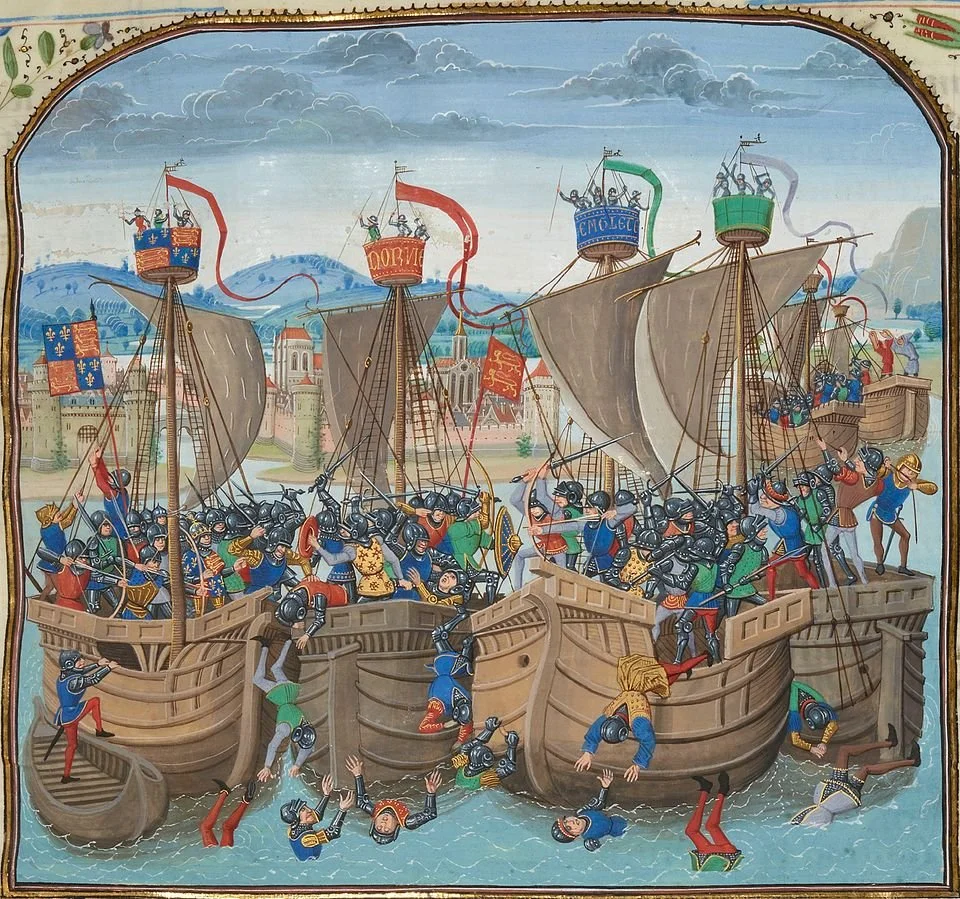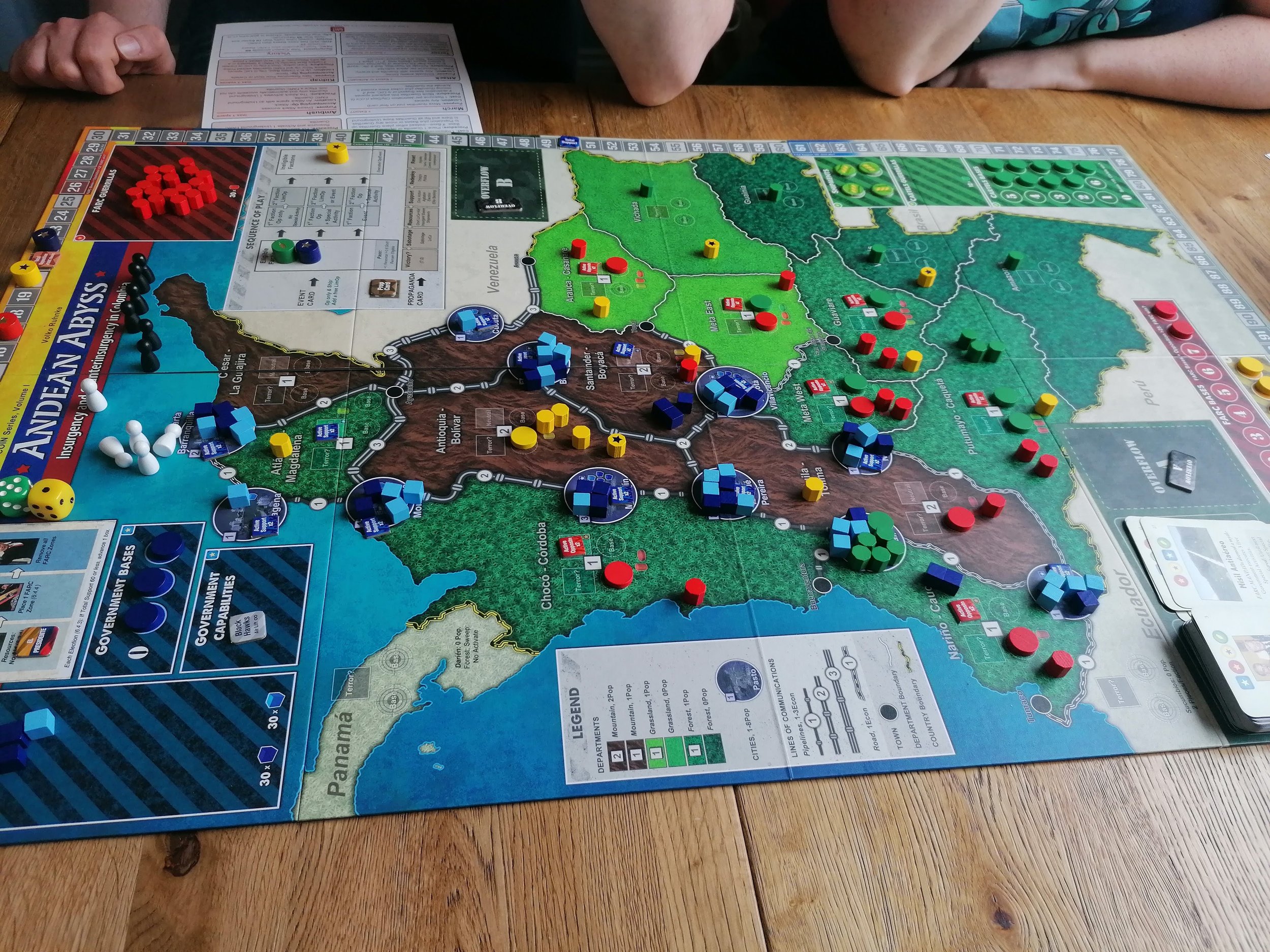It’s impossible to study medieval archery without talking about the Mary Rose. The flagship of Henry VIII’s fleet, it sank in 1545 and took nearly its whole crew with it. It’s subsequent rediscovery, first in the nineteenth and then in the late twentieth centuries, was one of the most exciting discoveries in undersea archaeology. For historians of the longbow, it was even more important because several chests full of longbows were discovered amidst the wreck. These remain the only surviving English longbows from its period of dominance in the English armies. 1545 is late in the longbow’s life, over a century after the glory of Agincourt and only a few decades before it was officially retired by Queen Elizabeth I. Still, the hundreds of surviving bows on the Mary Rose have fuelled decades of debate and discussion in the history of archery and the longbow’s role in it.
Up until very recently that was most of what I knew about the Mary Rose. I’m a historian who has generally specialised in the history of archery so while I knew the big picture of the Mary Rose and how it sank, I was mostly interested in the bows (and arrows) that were recovered from the wreck. That made Brian Lavery’s book an interesting read, as Lavery is first and foremost a naval historian and the book emphasises the Mary Rose as a ship and its importance in the history of shipbuilding and development rather than just what was found on it.




















